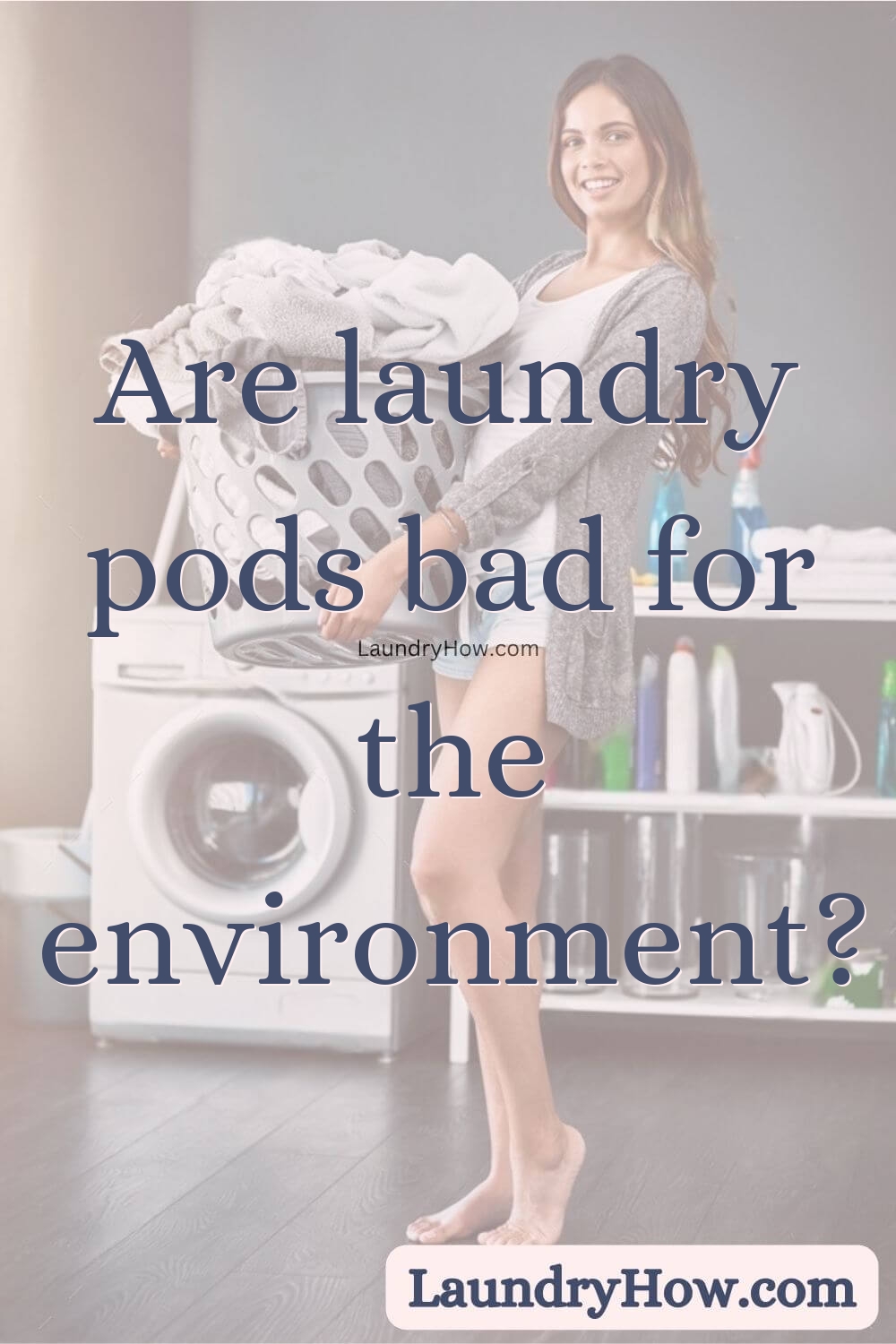As use of convenient single-dose laundry pods has skyrocketed globally, growing concern over their environmental impact has followed. Billions of pods end up in landfills and waterways annually. But just how damaging are these tiny plastic packets versus traditional bottled detergent when considering wider sustainability issues? This article investigates the case for and against laundry pods’ eco-friendliness.
Laundry Pods: An Environmental Quandary
Laundry pods first hit consumer markets in 2012 when Procter & Gamble unveiled Tide Pods. The pouches each contained a pre-measured liquid detergent dose for simplicity. What set pods apart was encapsulating detergent in thin polyvinyl alcohol-based (PVOH) plastic film versus bottling in bulk. While revolutionizing laundry habits for convenience, this plastic-centric packaging also fueled environmental issues.
Much of pods’ eco-impact ties directly to our societal addiction to single-use plastics. Laundry pod manufacturers produce billions annually. And despite some emerging sustainability efforts like solid pod versions, most remain non-recyclable and non-biodegradable plastic destined for landfills. Let’s analyze the evidence on all sides.
The Case Against Laundry Pods
If you seek exhibit A in the case against laundry pods’ eco-friendly credentials, California’s coastline makes a compelling starting point. Here researchers estimate laundering 50 billion pods yearly contributes over 1,300 tons of plastic waste fragmenting into microplastics in marine environments. Factoring this plastic stream across the entire US and globally paints a sobering picture.
Further proof comes from waste audits discovering pods comprising up to 1.65% of all plastic pollution. Beyond direct environmental impacts like wildlife ingestion and ecosystem accumulation, laundering pods also uses up to 5 times more plastic packaging overall per wash versus opting for liquid or powder detergent.
And while newer biodegradable seaweed-based pods aim to ease waste, most household name brands still use standard plastic film.
The Case For Laundry Pods
However, the global reliance on laundry pods suggests convenience and efficiency remain driving consumer forces – despite sustainability issues. Supporters argue pods represent an overall greener choice when you consider total life cycle impacts.
On the manufacturing front, the compact pods reduce plastic resin, water resources, shipping weight, and other inputs versus traditional bottled detergents. Consumers may also save water resources when using pods depending on wash habits. And properly dissolving pods cut back on laundry rewash needs when detergent doesn’t fully rinse out.
Some brands like Dropps ship pods in fully recyclable, biodegradable cornstarch-based packaging as well. Innovation continues around alternative pod materials like PHA plastic claiming marine biodegradability within 1-3 years. While far from perfect, gradual improvements bubble up.
Sustainability Starts With Responsible Use
No definitive answer clearly differentiates standard laundry pods as universally better or worse for ecological impact. Their concentrate formula helps curb some waste, yet plastic durability proves problematic when billions of non-recyclable packets enter households yearly. Perhaps focusing less on material formats and more on transforming consumption habits makes the most sense.
For environmentally-minded detergent buyers, seeking plastic-free alternatives like laundry sheets or natural soap nuts could provide the most direct way to avoid excess plastic and packaging entering waste streams. Opting for recyclable, biodegradable or reusable delivery formats helps too.
But for the millions wedded to single-use pod convenience, following sound use and disposal practices remains critical regardless of brand choice. Prioritizing full loads and proper pod dissolving prevents rewash needs. Disposing used pods in trash instead of flushing down drains stops microplastics dispersing further. And supporting advances around renewable materials, recyclability and innovative reuse models through buying decisions keeps pushing sustainability forwards within the space.

Laura has had an enthusiasm for laundry ever since she was a teenager experimenting with wash cycles. She went on study textile science in college before working in product testing.
Soon, Laura found friends and family constantly asking her laundry advice, realizing she had become an unofficial laundry guru. The questions kept coming in, so Laura decided to start sharing laundry tips online to help more people. The enthusiastic response led her start the blog “Laundry How”.
Now in her late thirties, Laura uses Laundry How to tackle all kinds of laundry topics – stains, fabric care, detergents, and more. She provides advice from both her studies and experience testing techniques out firsthand. Laura continues to grow an engaged community of laundry learners, feeling fulfilled empowering people to make laundry an easy, confidence-building ritual rather than a dreaded chore.
